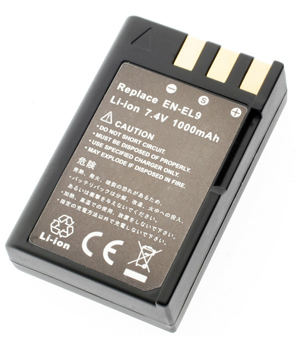
Digital cameras come in many sizes, colors, brands, zooms, resolutions, playbacks, etc. There are so many features and qualities that are being placed in the devices that buyers especially first timers become overwhelmed and dizzy with these outstanding arrays of gadgets. This is even without including the various advertisements and different ratings that are used to promote these products.
So what are the things to look for if you want to buy digital camera? To be able to answer these, there are 2 sets of information you have to know before you can decide. The first type of information is defining what YOU need and want in a digital camera. To do this, you can ask yourself the following questions:
- What do you want to take with your digital camera? Before you buy digital camera, it is important to determine what kind of pictures you want to take with it. If you are a digital photography enthusiast, any digital camera will not just do. You have to look for features that can support the zooming you need, the resolution, etc.
- How much is your budget? This is a very important question any person who intends to buy digital camera should ask. Because no matter what your needs and wants are for the device, your financial resource will play a huge part in dictating the type of digital camera you will buy.
- What are you resources? When you buy digital camera, sometimes the spending does not end there. You also have to consider the capacity and the power of the computer and the printer you will be hooking your camera with for your editing and printing needs. Editing software are already included when you buy digital camera but other devices aren't. Aside from a printer, ink and paper for printing, you might also need additional memory cards for your camera and a more powerful computer to support image editing and image storage and retrieval.
After answering these 3 questions, the second set of information you need to know before you buy digital camera are the features that you need in the device. These are:
- Resolution. Before you buy digital camera, check first its capacity to produce high quality photo images. The number of pixels indicated determines resolution. The more number of pixels, the higher the resolution which can make photos to be enlarged without losing image quality.
- Built-in memory. Digital cameras need memory cards for picture storage. When you buy digital camera, make sure that the gadget that you buy does not only have a "built-in" memory but should also have a card slot for external and additional memory. This allows you to change full memory cards conveniently while shooting your pictures.
- Look and feel. It is essential for you to feel comfortable holding your digital camera while shooting. So, before you buy digital camera, it good to test and check if you are comfortable holding it and using it. Consider where the buttons are located and how they are spaced out and see also if you feel comfortable using the viewfinder.
- Battery life. Digital cameras use up batteries fast and batteries are expensive. Before you buy digital camera, consider if the camera's batteries are rechargeable. This way you can recharge them. Take also into consideration an AC adapter when you buy digital camera. You can attach this to the camera when you are viewing your pictures or uploading them
- LCD. The LCD is a special consideration you have to look into when you buy a digital camera. This is a small screen located at the back of a digital camera that allows you to preview the pictures you took. This has to be considered when you buy digital camera because it uses up a lot of battery power.
- Special features. Special features that will suit your needs should be thought about, too before you buy digital camera. If you want your camera to have good zooming, you can opt for those with optical zoom lenses. A diopter adjustment on the digital camera's viewfinder will also be beneficial to those who regularly wear glasses and wish to buy digital camera. Other features such as remote control, tripods, etc. can also be considered when you buy a digital camera.
With these information, you can now figure out what you really need and want before you buy digital camera. If you want to see ratings and rankings of these devices based on price, resolution or other features, check out various websites that have these in the Internet.











